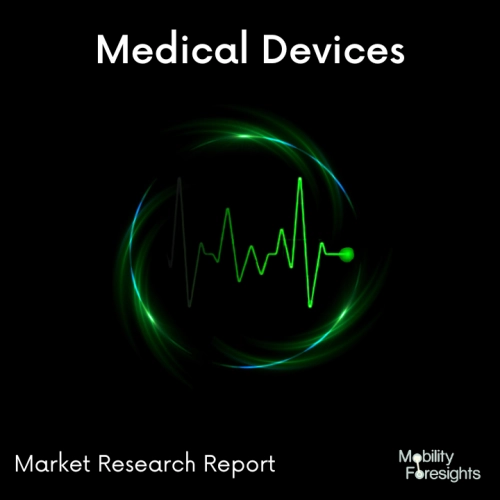
- Get in Touch with Us

Last Updated: Apr 25, 2025 | Study Period: 2024-2030
Dermoscopy is another name for dermatoscopy. These medical tools are used by dermatologists to examine skin lesions up close. They can determine whether they have a specific sort of skin cancer or another skin condition by performing a closer examination.
Dermoscopy utilises a particular kind of camera that captures images of the epidermis. In dermatology, contextual images are photographs that show a lesion, dermatosis, or "rash" in relation to a particular site or area of the body and provide information about its anatomical position, size, and shape.

The Global Dermatology camera market accounted for $XX Billion in 2023 and is anticipated to reach $XX Billion by 2030, registering a CAGR of XX% from 2024 to 2030.
Casio Released DZ-D100 Dermatology Camera for European Medical Device Regulations (MDR) have been finished, and the business has released its EU Declaration of Conformity.
Sales of the DZ-D100 dermatology camera, which allows for both standard and close-up photography of affected skin areas, as well as the D'z IMAGE Viewer, free PC software that makes it easier to manage the captured pictures, began in Japan.
Historically, it was common practice to use a commercial camera equipped with a specialised external lens to take up-close pictures of lesions using the affected region as a subject. This made the camera bulky and heavy.
As well as requiring the use of two different cameras or changing lenses, shooting routine photos required time and effort.
Casioâs powerful camera technology and the knowledge of expert dermatologists, the DZ-D100 delivers exactly what dermatologists want â close-up shots to confirm the colour and structure of a lesion as well as shots of the affected area, including the area around the lesion to confirm its position â all using a single compact, lightweight camera.
With a single press of the shutter button, the DZ-D100 captures the polarised images required to validate colour and structure within the skin, non-polarized images to document the lesion on the skin's surface, and UV images that clearly show the margins, including hidden spots and blurred moles.
It is helpful for comparison and verification because each picture can be taken from the same angle. By tying the DZ-D100's Wi-Fi connection to the D'z IMAGE Viewer image management program, the captured images can also be instantly transferred to a PC.
Images captured with an ID entered are instantly sorted based on each ID, doing away with the need for laborious folder sorting.
| Sl no | Topic |
| 1 | Market Segmentation |
| 2 | Scope of the report |
| 3 | Abbreviations |
| 4 | Research Methodology |
| 5 | Executive Summary |
| 6 | Introduction |
| 7 | Insights from Industry stakeholders |
| 8 | Cost breakdown of Product by sub-components and average profit margin |
| 9 | Disruptive innovation in the Industry |
| 10 | Technology trends in the Industry |
| 11 | Consumer trends in the industry |
| 12 | Recent Production Milestones |
| 13 | Component Manufacturing in US, EU and China |
| 14 | COVID-19 impact on overall market |
| 15 | COVID-19 impact on Production of components |
| 16 | COVID-19 impact on Point of sale |
| 17 | Market Segmentation, Dynamics and Forecast by Geography, 2024-2030 |
| 18 | Market Segmentation, Dynamics and Forecast by Product Type, 2024-2030 |
| 19 | Market Segmentation, Dynamics and Forecast by Application, 2024-2030 |
| 20 | Market Segmentation, Dynamics and Forecast by End use, 2024-2030 |
| 21 | Product installation rate by OEM, 2023 |
| 22 | Incline/Decline in Average B-2-B selling price in past 5 years |
| 23 | Competition from substitute products |
| 24 | Gross margin and average profitability of suppliers |
| 25 | New product development in past 12 months |
| 26 | M&A in past 12 months |
| 27 | Growth strategy of leading players |
| 28 | Market share of vendors, 2023 |
| 29 | Company Profiles |
| 30 | Unmet needs and opportunity for new suppliers |
| 31 | Conclusion |
| 32 | Appendix |